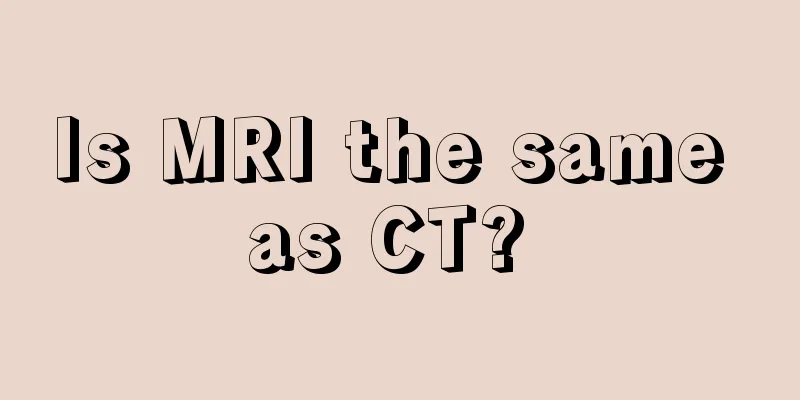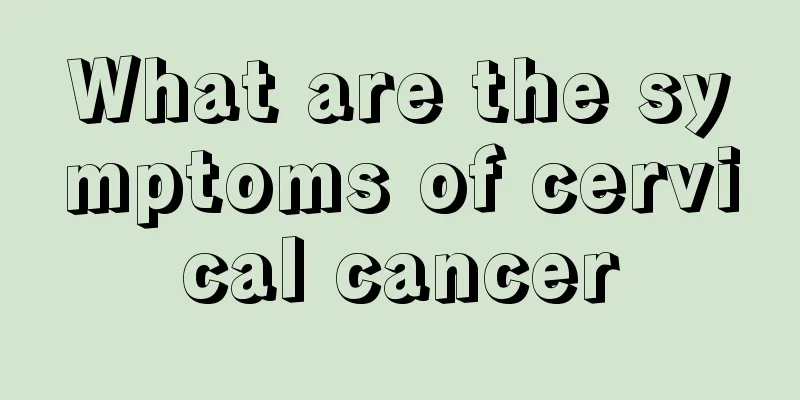Sequelae of cerebral thrombosis

|
Cerebral thrombosis is not a disease like fever or cold. It can be cured once it is cured. However, one year after the onset of the disease, symptoms such as hemiplegia, language disorders, or facial paralysis may still occur. This is called sequelae of cerebral thrombosis. This period is the sequelae of cerebral thrombosis. Compared with the recovery period, the recovery speed and degree are relatively slow. Data show that in my country, 30% of cerebral thrombosis patients will have sequelae of cerebral thrombosis, 40% of cerebral thrombosis patients still face the possibility of recurrence, and another 50% of cerebral thrombosis patients will still be unable to take care of themselves due to hemiplegia, language and limb disorders even after treatment. The focus of treatment in the sequelae period is to prevent recurrence of cerebral embolism and improve symptoms. Some patients are able to take medication consistently within one year of onset, but ignore reliable medication after one year; some patients think that as long as they keep exercising and control their diet, it doesn’t matter whether they take medication or not. Relying solely on exercise and diet adjustment is primary prevention, and is a preventive measure for people who have not yet developed cerebral embolism but have risk factors. For patients who have already suffered a cerebral embolism, in order to prevent recurrence and continue to improve symptoms so that they can continue to develop in a positive direction, in addition to paying attention to a light diet, quitting smoking, drinking less and eating spicy food, eating more fresh green vegetables, doing functional exercises, and controlling blood pressure and blood lipids, the most important thing is to use reliable medications to continuously prevent and treat the causes of cerebral embolism. The five-year recurrence rate of cerebral embolism is over 30%. Once recurred, the patient and his family will face heavier mental and financial burdens. Therefore, it is better to prevent it before it occurs than to treat it after it occurs. In addition to the above-mentioned precautions, what is more needed during this period is the patience of family members, and they should provide more company and comfort, take good care of the elderly, and also be sure to do a good job of psychological work for the elderly. Only in this way can the elderly slowly recover and actively cooperate with treatment, and their bodies can recover soon. Don't be anxious, don't be annoyed, every day will be a better day. |
<<: What to do if the leaves of money tree turn yellow
>>: How to wash double eyelid glue
Recommend
What are the dangers of staying in a hotel frequently?
Sometimes when you are on a business trip or trav...
Breast cancer patients need to know some examination methods to detect the disease in time
The appearance of breast cancer has long endanger...
Wild Eucommia Tea
Eucommia tea is a very common thing in daily life...
Experts introduce the more serious late-stage symptoms of bladder cancer
Clinically, many bladder cancer patients have alr...
How to remove old yellow stains on white clothes?
People wear all kinds of white clothes, such as w...
Ulcers next to tonsils
Many tonsil patients will find severe ulcers duri...
Tips to make your eyelashes longer
People's eyelashes can block the wind and san...
How to preserve fresh Tremella
Tremella is a food with relatively high nutrition...
Ferrous sulfate solution
Ferrous sulfate is a blue-green crystal with no o...
What causes bloating and constipation?
Abdominal bloating is a symptom that occurs after...
Is uterine cancer contagious and hereditary?
Is uterine cancer contagious and hereditary? Uter...
4 tips to relieve eye fatigue
1. Eye movement method: Rotate your head up and d...
Is there any magical use for expired chocolate?
Chocolate is a very popular ingredient in modern ...
What are the typical symptoms of early lung cancer? Three common typical symptoms of early lung cancer
You may not know much about the symptoms of lung ...
Does LED eye protection lamp really protect eyes?
At present, there is a kind of LED eye protection...









